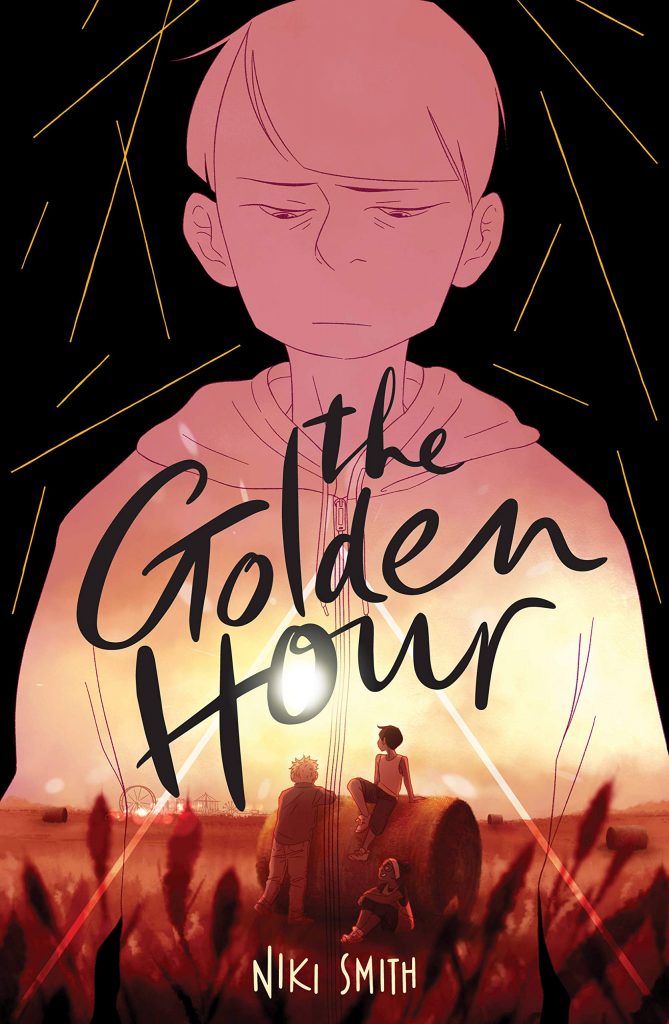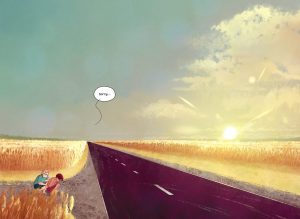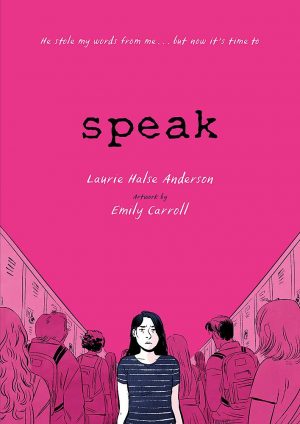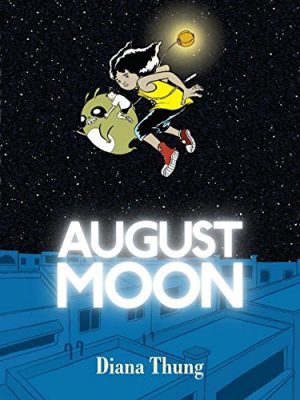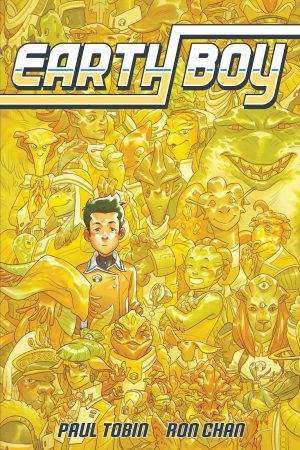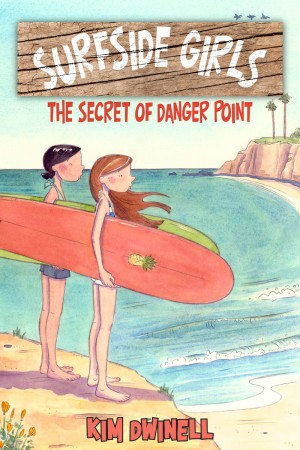Review by Frank Plowright
Niki Smith certainly needs no lessons in the effective setting of a scene. The Golden Hour opens with a class being told that their teacher will be welcome back as soon as she feels ready, her absence especially affecting Manuel, who’s allocated to Sebastian and Caysha for a school art project. This is gradually revealed to be in a room where the exit is ominously padlocked shut and covered with scene of crime tape.
The Golden Hour concerns the appalling notion of gun violence in schools, and cleverly does so with minimal dramatising, so not a massacre, but an isolated incident. Manuel is especially affected as the only child to have witnessed the event, and has become uncertain after the violent intrusion into the certainty of his world. He’s receiving counselling, but is withdrawn, finding photography on his phone a source of solace. The broad progression of Manuel’s journey is going to be apparent to most young adult readers, but the joy is in the understanding and humanity of the detail Smith builds around it. She really convinces with the Middle America setting, the rural background well chosen in deliberate contrast to the usual urban location.
From not knowing Caysha and Sebastian at the start, Manuel forms a trio extending beyond school work. Sebastian’s enthusiasm about farming and his opportunity to raise a calf is obviously shown, but there’s a subtlety about Manuel’s mother struggling to find the right balance between concern and protection while also holding down a busy job. There’s also subtlety to the art. It looks simple, but artists will envy the expressive thin line, first rate at projecting personality, and Smith uses it without words for moments of meaning, like a phone case with an anchor, and to mark the passage of time via pictures taken on Manuel’s phone. Her method of switching to black and white with random straight lines in colour to portray a panic attack is also extremely well considered.
Smith builds her resolutions toward an agricultural fair Caysha and Sebastian are keen about, and into which Manuel enters his photographs. It’s apparent throughout that Smith is spotlighting effect, not cause, and there’s no sensationalising, but a constant sympathy and understanding. There is one final subtle step Manuel makes, and it’s the only aspect of The Golden Hour that comes across as box-ticking, as it has so little to do with the remainder of the story. Otherwise this is one gem of a young adult graphic novel, addressing trauma intelligently and never hammering home any one message.
